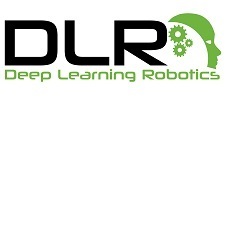
Deep Learning Robotics is a technology company specializing in robotics, computer vision and machine learning. We’ve developed a unique vision-based robotic controller that uses advanced machine learning algorithms to enable robots to learn and replicate tasks by observing humans performing them. The state-of-the-art learning process, based on our patented technology, creates automation opportunities that would be impossible using traditional rob
We’ve developed DLR Brain, a patented, vision-based robotic controller that enables robots to learn and replicate tasks by observing humans performing them. The benefits of this are:
- Increased speed of introduction and reconfiguration of robot arms to the production line (no coding required).
- Operators do not need to have coding experience.
- Robot can carry out multiple tasks and can easily switch to new tasks.
- High accuracy of task completion – possibility to automate tasks that other robots cannot.
We are revolutionizing how robots are programmed and operated in structured and unstructured environments. Using our DLR Brain, companies of all sizes across a wide range of industries can enjoy the advantages of robotic automation to better compete and thrive in today’s global economy.
Our patented technology revolutionizes user-robot interaction and robot-to-robot collaboration. The DLR Brain captures 3D images of a user performing the intended task on a specific object. With the ability to differentiate between the human hand and the object and using advanced Artificial Intelligence machine learning methods such as neural networks, the sequence is automatically translated into robot control language. This intuitive task-teaching process is agnostic of any specific robot hardware. Manufacturers and distributors will be able to significantly increase the productivity of their workers through robotic assistants that can “learn” by just observing the worker performing a given task. These workers will be able to use robots in a similar way they use computers today, with applications that are intended for non-programmers and for non-specialized personnel.